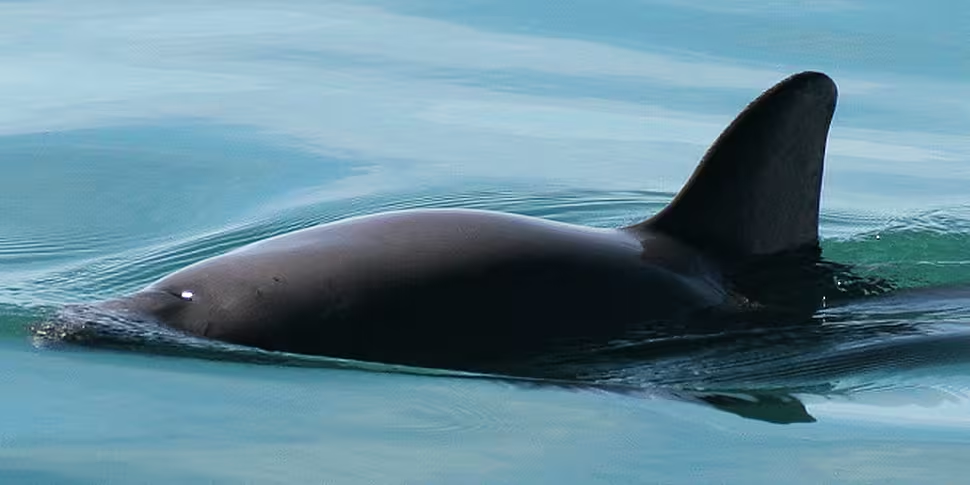US Navy trained dolphins are set to participate in a mission to catch and protect the world’s last few critically-endangered vaquita porpoises in an effort to save them from extinction.
The vaquita - the world's rarest marine mammal - have been decimated by illegal fishing for the swim bladder of the totoaba fish - which is a prized delicacy in China.
According to recent estimates, the vaquita population is falling by 40% a year and there could now be as few as three dozen left.
The mammal is found only in Mexico’s Gulf of California and in March 2015 the Mexican government suspended gillnet fishing in the area and pledged to invest €36m a year to support affected fishing communities.
However, despite the move, totoaba fishing has reportedly increased as the swim bladders are smuggled across the border to the US before being shipped on to China.
The Associated Press reports that the US Navy Marine Mammal Programme will join the efforts to save the vaquitas in the spring, with plans for the specially trained dolphins to use their sonar to locate the extremely elusive mammals before surfacing to inform handlers of their whereabouts.
Jim Fallin of the U.S. Navy Space and Naval Warfare Systems Center Pacific said the strategy is still at the planning stage although he confirmed the dolphin’s - who were originally trained to locate sea mines - will be specifically tasked to locate the vaquitas.
The two-stage plan will involve capturing the porpoises and moving them to floating pens in a safe bay in the Gulf of California where they can be protected and will - hopefully - breed.
Lorenzo Rojas-Bracho, chairman of the International Committee for the Recovery of the Vaquita, wrote that "an international group of experts, including Navy personnel, have been working on two primary goals: determining the feasibility of locating and catching vaquitas, as a phase One. And - as a second phase - to determine the feasibility of temporarily housing vaquitas in the Gulf of California."
"At the current rate of loss, the vaquita will likely decline to extinction by 2022 unless the current gillnet ban is maintained and effectively enforced," he wrote.
The plan has come in for criticism however as the vaquita has never successfully been held in captivity.
Omar Vidal, Mexico director of the World Wildlife Fund has warned the plan could risk killing the remaining vaquitas and instigate a free-for-all of illegal fishing once they are removed from their natural habitat.
"We must strive to save this porpoise where it belongs: in a healthy Upper Gulf of California," he said.
Breeding in captivity has successfully saved species such as the red wolf and California condor, but the vaquita has only been scientifically described since the 1950s and has never been bred or even held in captivity.
Experts at the US National Oceanic and Atmospheric Administration have warned that the capture programme, "should not divert effort and resources away from extension and enforcement of the gillnet ban, which remains the highest-priority conservation actions for the species."
The strategy will see veterinarians re-evaluating the vaquita’s reactions to being placed in the floating pens with plans to release any stressed individuals.
The experts have stressed that the “recovery team goal is to return vaquita from the temporary sanctuary into a gillnet-free environment" and if any deaths should occur during capture or captivity the sanctuary strategy will be re-evaluated.









